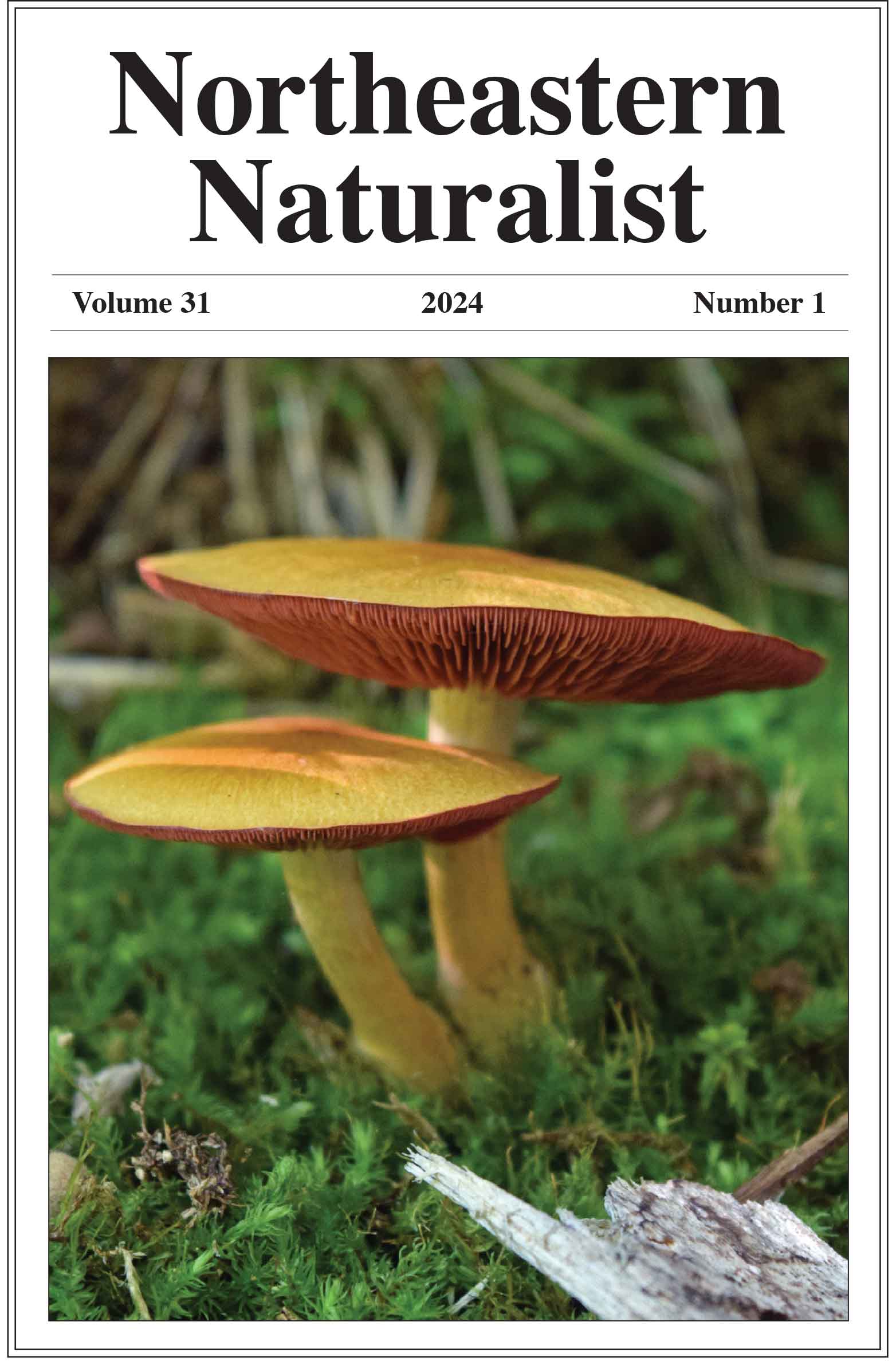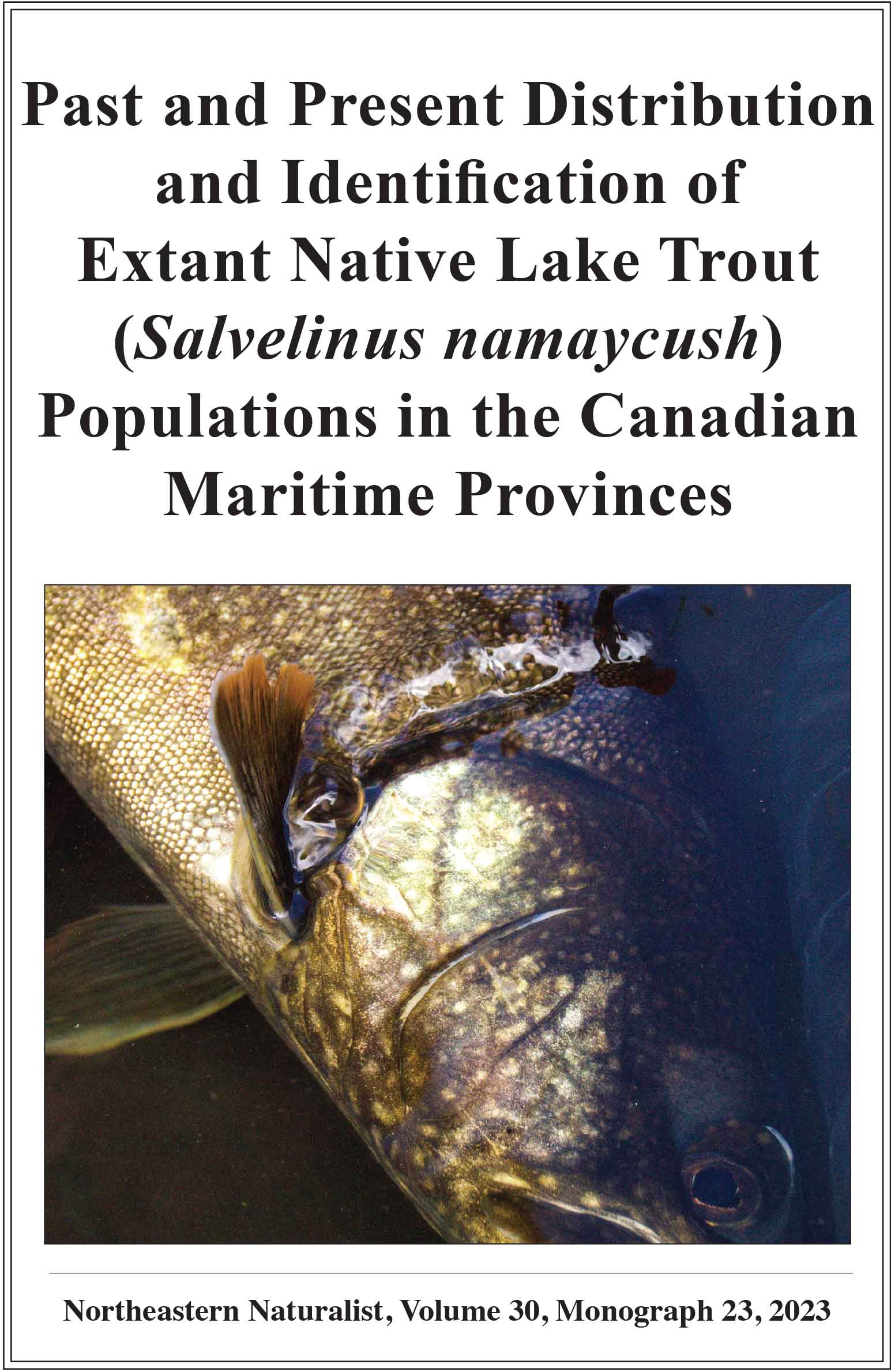Assessing Microhabitat Characteristics as Predictors of Nest-Box Occupancy in a Declining Bird Species, the American Kestrel (Falco sparverius)
Matthew Kamm1,* and J. Michael Reed1
1Department of Biology, Tufts University, Medford, MA 01742. *Corresponding author.
Northeastern Naturalist, Volume 27, Issue 2 (2020): 344–357
Abstract
Falco sparverius (American Kestrel) is a declining species that readily uses human-provided nest boxes. We test several hypotheses from the literature regarding nest microhabitat preferences of American Kestrels, including putative preferences for brighter cavities and cavities with a given compass orientation, both of which are believed to provide some thermal benefit. We placed light and temperature data loggers in 26 nest boxes in Massachusetts after young had fledged from occupied boxes. Cavity interior light and temperature were not correlated, and while nest-box orientation did affect cavity interior light levels, none of these variables was significantly associated with occupancy. Microhabitat variables may be more important in some geographic areas than in others; the results of our study suggest that existing hypotheses need experimental verification. It is possible that multi-region studies integrating the effects of ambient temperature and wind on cavity selection will better explain apparent differences in microhabitat preferences across the species’ range.
![]() Download Full-text pdf (Accessible only to subscribers. To subscribe click here.)
Download Full-text pdf (Accessible only to subscribers. To subscribe click here.)
Access Journal Content
Open access browsing of table of contents and abstract pages. Full text pdfs available for download for subscribers.
Issue-in-Progress: Vol. 31 (2) ... early view
Check out NENA's latest Monograph:












 The Northeastern Naturalist is a peer-reviewed journal that covers all aspects of natural history within northeastern North America. We welcome research articles, summary review papers, and observational notes.
The Northeastern Naturalist is a peer-reviewed journal that covers all aspects of natural history within northeastern North America. We welcome research articles, summary review papers, and observational notes.